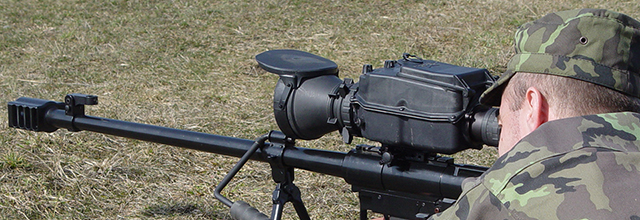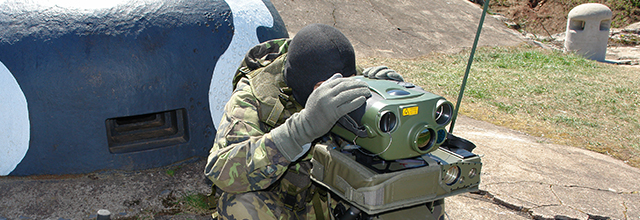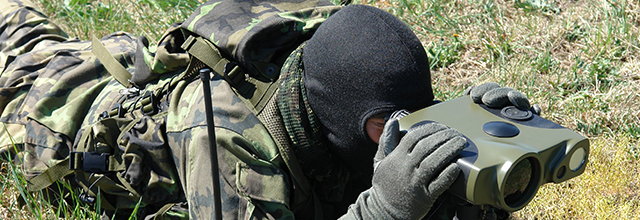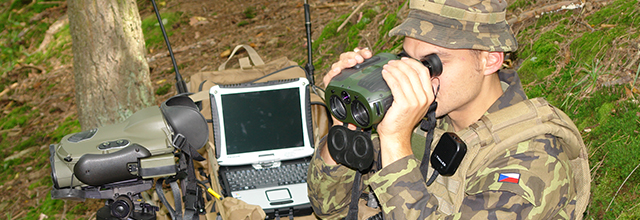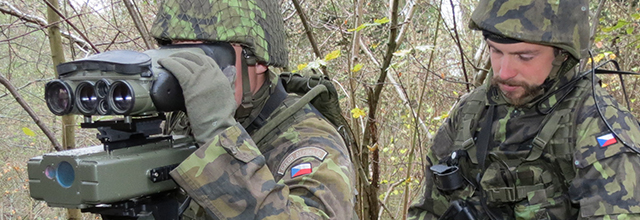C4ISTAR UNIFIED ENVIRONMENT
C4ISTAR architecture is a prime forces multiplier of advanced armies. Its primary mission is to secure appropriate situational awareness for all soldiers and to enable as effective command and control on all organizational levels as possible. C4ISTAR architecture allows night vision, fire support and reconnaissance even without necessity of physical presence in a given area. C4ISTAR architecture contributes significantly to protect forces as well as precise deployment of weapons and ammunition. It protects lives and decreases logistical demands of units.
C4ISTAR architecture principle is an effective use of electro-magnetic spectrum for Command, Control, Communication, data processing (Computer), Intelligence, Surveillance, Target Acquisition and Reconnaissance.
C4ISTAR architecture allows a digital interconnecting of sensors with equipment for data processing, transmission and analysis. The result is a system deployable across organizational levels of forces. On a level of small units it supports command and control decentralization as well as autonomy of operation on the battlefield. Its individual parts provide:
• Command in a unified environment of a digitized map;
• Control based on compatible navigational, location-positional and acquisition data;
• Communication using standardized wave forms and protocols;
• data processing (Computer) that corresponds with organizational level and needs of unit;
• military Intelligence across organizational levels with a unified datalink;
• Surveillance based on needs and range of the unit both at day and night;
• Target Acquisition to meet the needs of military intelligence and fire support;
• Reconnaissance with either direct or indirect operation within area of interest.
For each of the above functionalities there are proper components available on each organizational level. Vertical integration of these components enables proper use of interoperable technologies in the way that corresponds with requirements and logistic capabilities of the units. Horizontal integration of these components supports creating of complete sets to be deployed on separate organizational levels.



